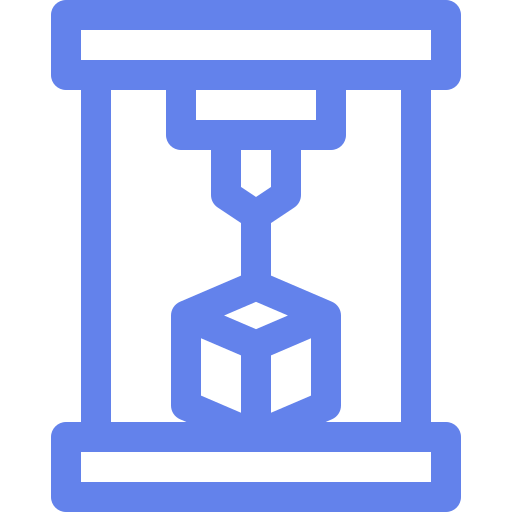Hey there, first post – hope it’s okay to put out a request for some advice. I just started 3D printing a few weeks ago (got an Ender 3 S1) and contrary to seemingly everyone else online, I’ve had no issues whatsoever with bed adhesion, rather the opposite.
Mostly to this point, I’ve been using ‘EconoFil’ PLA from filaments.ca (which was tricky to remove until I bought a better bed spatula-thing). Yesterday I got a roll of Overture ‘Eco-PLA’, which I’ve printed with a couple of times using organic supports, and both times has left a really stuck-on, almost chalky layer of filament on the bed. This isn’t so bad if I’m printing with the same filament afterward, but the Eco-PLA is ‘Midnight Black’ and I want to switch back to the Econofil for another model, which is ‘Bone White’ and I don’t want the bottom to get stained with the leftover Eco-PLA.
Has anyone had any similar issues? Any foolproof technique for removing stubborn, very thin layers?


Personally I use a printed scraper that takes double-sided razor blade to remove prints. I have a homebuilt CoreXY printer with a glass bed, not sure how that compares to you.
Typically, I clean the bed with glass cleaner, then wipe with isopropyl alcohol, then apply a thin layer of glue (just a purple glue stick even spread across the bed). I can get 5-15 prints out of one application, but that removes the residue. Wait until the bed cools down if it’s really stuck on there, usually prints will release much easier after a minute or so (assuming you have a heated bed).
You can also adjust your z offset if bed adhesion is too strong. Some filaments need to be “squished” more than others, even within the same material type.